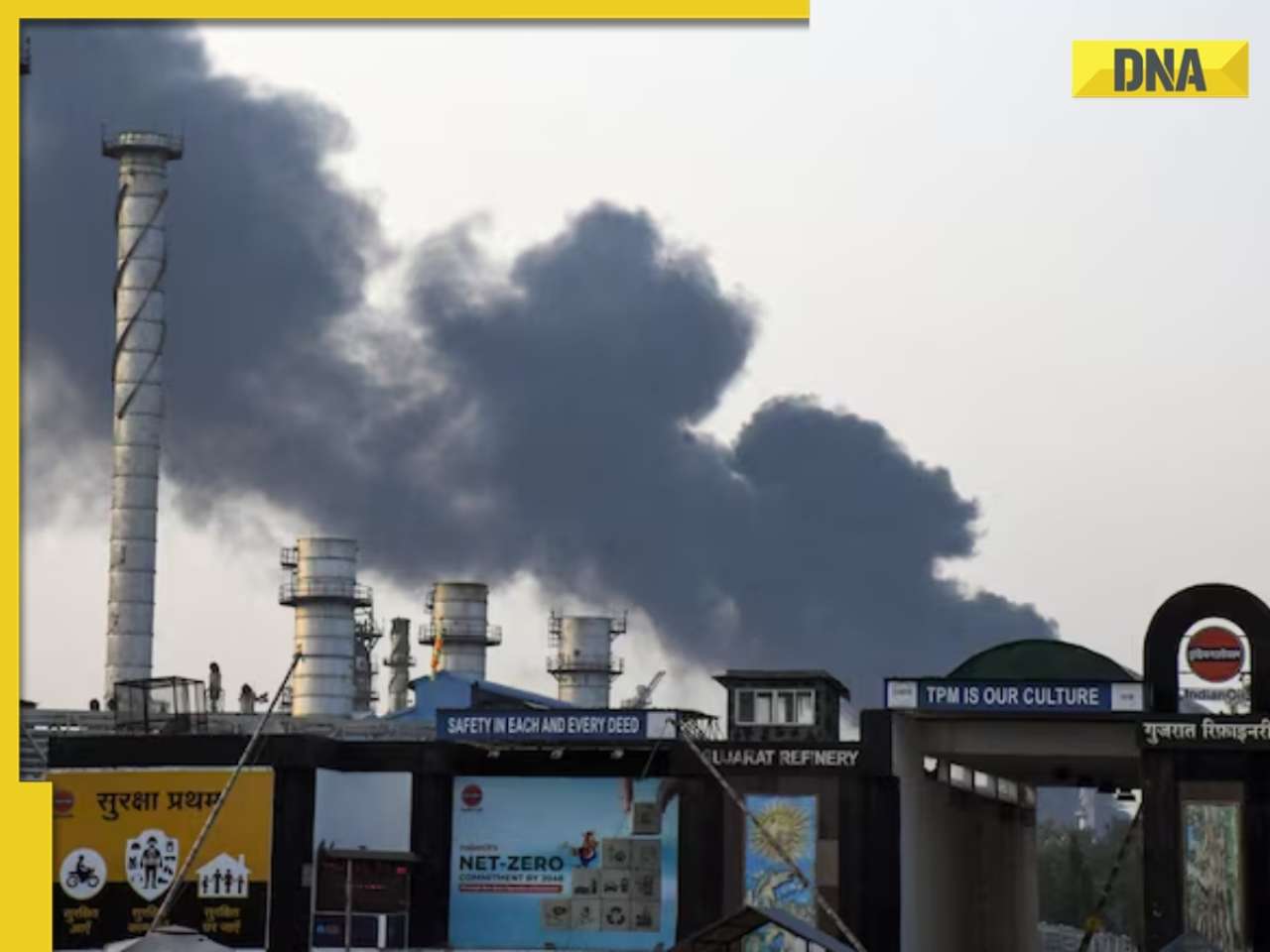- LATEST
- WEBSTORY
- TRENDING
EXPLAINER
Explainer: Why hydropower projects are being blamed for landslides in Himachal Pradesh
The Himalayan state of Himachal Pradesh has experienced significant losses in structures and lives due to severe rains and cloudbursts.
TRENDING NOW
Residents of Delhi and the NCR were temporarily relieved of the heat today as rains lashed. The people of hill states like Uttarakhand and Himachal Pradesh, however, have been severely harmed by the region's constant rainfall. The Himalayan state of Himachal Pradesh has experienced significant losses in structures and lives due to severe rains and cloudbursts.
Over 60 people have died as a result of this week's heavy rains, which also caused landslides, house collapses, and road blockages. Sukhvinder Singh Sukhu, the chief minister of Himachal Pradesh, estimates that this week's and July's two fatal spells of heavy rain caused about Rs 10,000 crore worth of damage. During this monsoon season, there have been a total of 170 cloudburst and landslip incidents reported across the state, causing damage to about 9,600 homes.
Massive destruction
Throughout the entire monsoon season, which lasts from June to September, Himachal Pradesh reports 730 mm of rain. However, the Met department reports that the state has already received 742 mm of rain this year. In the state, there are 17,120 landslide-prone locations, 675 of which are close to essential facilities and communities. Moreover, landslides could occur in any of Himachal's 12 districts.
How Hydropower plants are affecting all this?
According to experts, the Himalayas' ecological fragility, a decline of forestland, and poorly designed buildings built close to streams are all contributing to landslides. However, one of the primary causes of the catastrophe is the unregulated development of the hydropower projects, which has essentially reduced rivers to streams.
168 hydropower projects are currently running and producing 10,848 MW of electricity. However, the state does not intend to stop, as 1,088 more hydropower projects are expected to be put into operation by 2030, producing 22,640 MW of energy.
The increase in hydropower projects raises questions about the likelihood of disasters in the area, which is already gripped by a serious crisis. Prof. Virender Singh Dhar, a geologist, claims that the main causes of the rise in landslides have been cutting too much of hill slopes for building, expanding of roads, and hydro projects.
When hydropower projects are built quickly, rivers and ecosystems are frequently harmed, while the slopes are impacted when roads are widened without conducting a proper geological evaluation. As a result, the Himalayan slopes are increasingly at risk of landslides, which arise by increased rainfall and high temperatures slipping the soil.
Following landslides in 2021, the locals organised a number of campaigns to oppose the hydropower projects in the Kinnaur district. While building the 1,091 MW Karcham Wangtoo hydroelectric plant of Himachal Pradesh's Kinnaur district, a major slope failure took place in December 2022.
The government slapped a construction activity ban in January of this year in an episode similar to that of Uttarakhand, in which more than 800 buildings in Joshimath town established cracks as a result of sinking. This ban included the construction process at the Tapovan Vishnugad hydropower project.
A study by the government-run Indian Institute of Remote Sensing (IIRS), Dehradun, found that landslide incidents are unrelated to the requested or under construction hydro power projects, despite the fact that locals and specialists attribute hydro power projects for the record-breaking landslides.
(With inputs from PTI)







)
)
)
)
)
)
)
)
)
)
)
)
)
)
)
)






























































